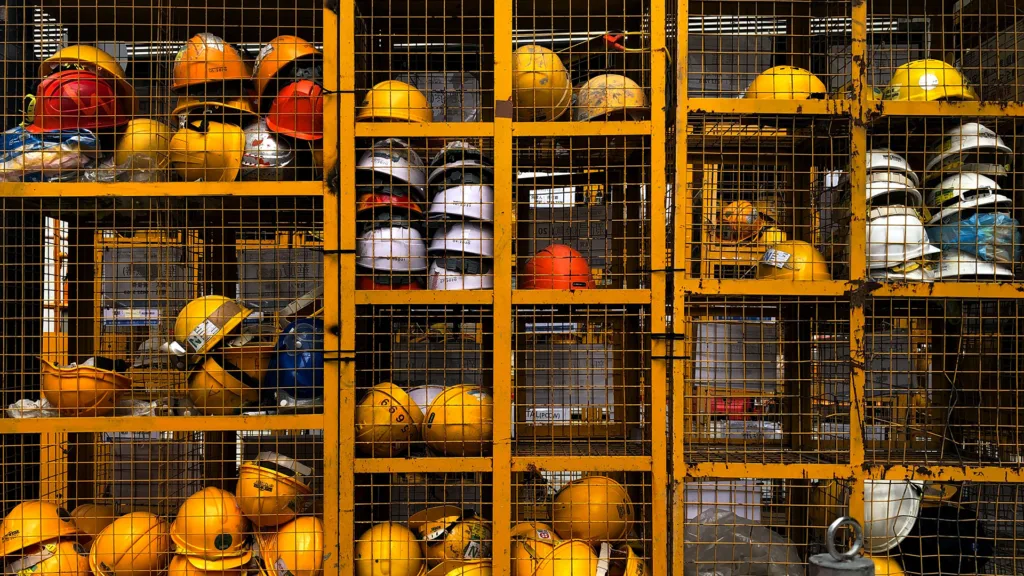According to the American Cancer Society (ACS), lung cancer is the second most common cancer in men and women, not including skin cancer. This year, the ACS estimates over 200,000 lung cancer cases and over 130,000 deaths due to the disease. Today, smoking is still the leading cause of lung cancer in the U.S.
To detect lung cancer cases much earlier and hopefully cure them, the U.S. Preventive Services Task Force (USPSTF) now recommends a yearly low-dose CT scan for people aged 50 to 80 years old. The change reflects a new attempt by medical professionals to increase the number of eligible people for screening. The task force also recommends reducing the number of pack years from 30 to 20.
By following these recommendations, healthcare professionals believe that we can reduce the risk of death from the disease by 20 to 25 percent. Under these guidelines, 14.5 million Americans will now become eligible for annual screenings, an increase of 6.4 million.
“The Task Force reviewed new evidence that shows screening can help many more people who are at high risk for lung cancer,” says USPSTF member Michael J. Barry, M.D. “By screening people who are younger and who have smoked fewer cigarettes, we can save more lives and help people remain healthy longer.”
These new recommendations may be particularly helpful for African Americans and women. According to the ACS, Black men are approximately 15 percent more likely to develop lung cancer than white men. The USPSTF echoes this statistic, adding that African Americans face a higher risk of developing lung cancer than white people overall. When combined with white women, who also tend to smoke less, both groups of people are at risk of developing lung cancer earlier than white men.
“The changes to this recommendation mean more Black people and women are now eligible for lung cancer screening, which is a step in the right direction,” says USPSTF member John B. Wong, M.D. “However, to save more lives and ensure that everyone who would benefit is screened, it is critical that screening is implemented broadly and equitably.”
Low-dose CT screenings usually cost $300 per patient. Screenings are no longer required after a patient quits smoking for at least 15 years, or if they develop health problems that would prevent them from undergoing surgery should their screening show signs of lung cancer. Despite eligibility and recommendations, some Americans are avoiding the process due to the financial burden. With legislation like the Affordable Care Act, which requires insurers to pay the costs associated with annual screenings, medical professionals are hoping to see an increase in the number of people getting screened.
According to the ACS, the five-year survival rate for localized non-small cell lung cancer is 63 percent, compared to 25 percent for localized small cell lung cancer. Unfortunately, lung cancer is often discovered in its later stages after it has spread to nearby lymph nodes, organs and tissues. When found early and treated, the possibility of curing it increases.
To learn more about these new guidelines, please click here.



